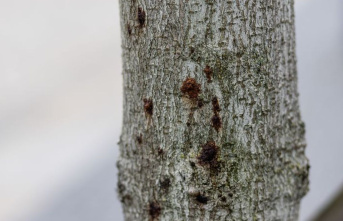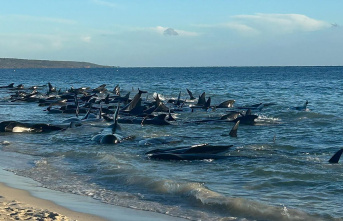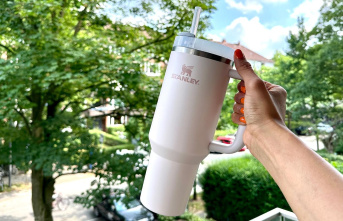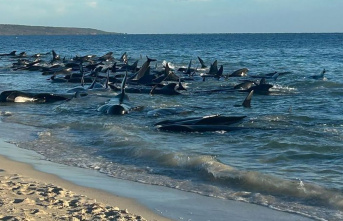There have already been 175 forest fires in Quebec since the start of the season, while the ambient air is as dry as in the Sahara in places.
• Read also: It's starting to heat up early!
“The situation has become extraordinary in the last week. We have experienced relative humidities that resemble those of the Sahara Desert or Death Valley,” observes Olivier Lundqvist, meteorologist at SOPFEU, the Society for the Protection of Forests against Fire.
unusual record
This drought, combined with the fact that the vegetation has not yet had time to grow, may explain a higher than usual balance sheet.
Concentrated in the south-west of the province, 175 fires burned 184 hectares in their path (about 250 soccer fields), while the 10-year average at this date is rather 107 fires for 87 hectares.
And all these fires, without exception, are of human origin.
“There are residents who have escaped it. Often, they clean up their land and underestimate the danger," said Claudia Vaillancourt, coordinator of SOPFEU's meteorological services.
The organization has also decreed a ban on open fires in the forest in several regions, given the "very high" or "extreme" danger throughout the south-west of the province.
The risks of spring
In general, spring is a season for wildfires once the snow has melted.
“There is no greenery yet, only old dry leaves and twigs. All it takes is a few days of good weather and it's ready to be lit,” says Vaillancourt.
Spring fires are fortunately rather small, on the surface and easy to extinguish, since the ground is still moist at depth.
In addition, they often occur in populated areas, so it does not take long for someone to detect them, adds the meteorologist.
Clever calculations
SOPFEU relies on a team of four specialized meteorologists and 193 weather stations to assess the risk of fire on more than 50 million hectares.
Its specialists calculate a "forest-weather index" which is used to predict where and when the next fire is likely to wreak havoc across the province or a particularly destructive fire.
The most important parameters are temperature, relative humidity, wind speed and rain.
“We're not officially on 24/7 duty, but we're always on the lookout. Needs can change so quickly,” says Lundqvist.
1












